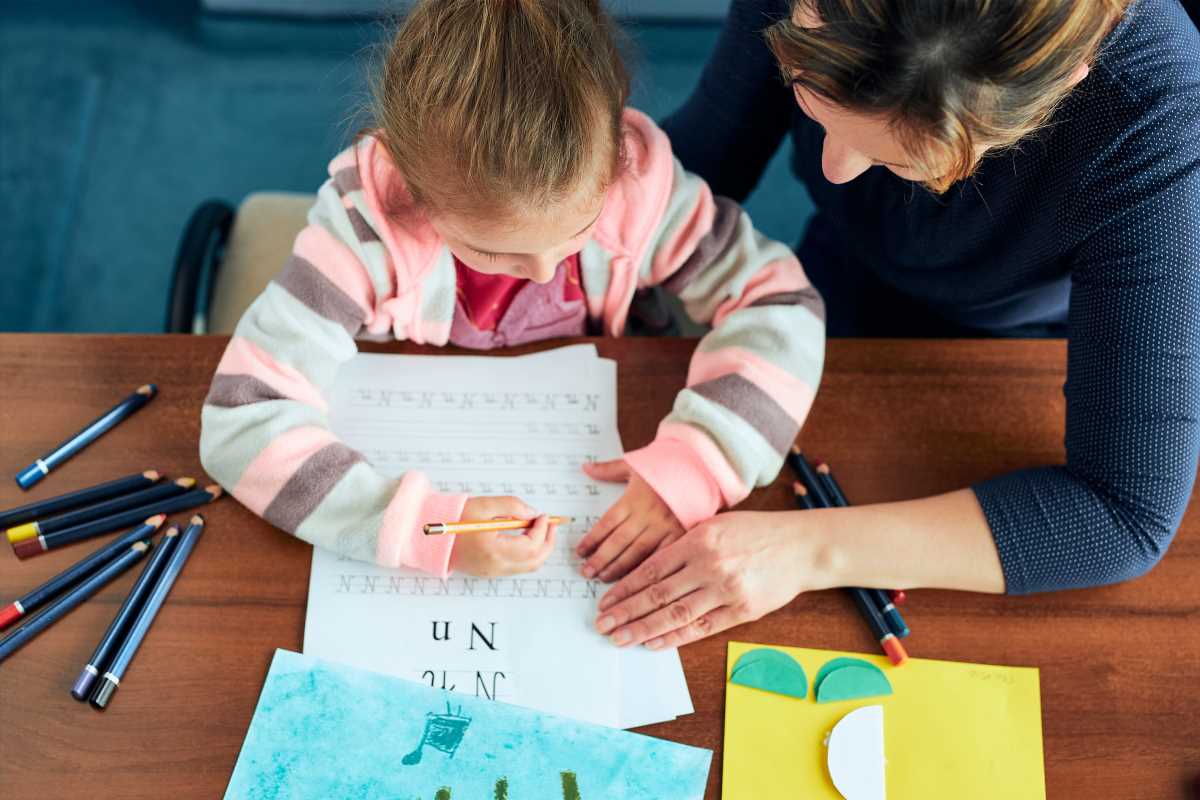Starting life in a new home or care setting often brings a mix of emotions for a young person. Concerns about meeting new people, holding on to treasured belongings, or adapting to unfamiliar routines may weigh heavily on their mind. Support from caregivers and professionals becomes crucial during this time. By offering clear explanations, showing patience, and truly listening to what each child has to say, adults can help ease worries and build trust. Making a child feel understood and supported can turn a challenging move into an opportunity for comfort and growth.
Support begins before the move occurs. When adults spend time understanding a child’s background, fears, and hopes, they can create a plan that addresses real needs. This introduction sets the tone for practical steps that keep young people at the center of every decision.
Understanding the Emotional Journey
Every child experiences a unique mix of emotions during a transition. Some feel excited about a fresh start, while others hold onto worry or sadness. Charting those ups and downs helps adults prepare appropriate support.
Use the list below to recognize common feelings at each stage of change:
- Before the move: nervousness, confusion, relief at having a safe place.
- During the move: fear of the unknown, clinginess, bursts of anger.
- Early days in the new setting: shyness, homesickness, testing limits.
- Settling in over weeks: growing trust, curiosity, cautious hopefulness.
- Longer term: sense of belonging, renewed self-confidence, open communication.
Preparing the Child and Caregivers
Clear plans help reduce stress for everyone involved. Before a child moves, gather their favorite items, confirm key dates, and outline who will handle each task. Make sure caregivers know how to share updates and which documents they must keep on hand.
Provide simple checklists for caregivers and social workers to follow:
- Meet with the child to explain what will happen, who they will meet, and how long each step takes.
- Label belongings and take photos of special items so nothing goes missing.
- Share a visual schedule showing move-day tasks, school visits, and weekly routines.
- Offer a small notebook or phone app for the child to jot down thoughts and questions.
- Include the child in choosing a comfort object—like a stuffed animal—or packing a memory box.
Implementing Consistent Routines and Supports
Children feel more confident when daily life remains stable. Whether they attend class, do homework, or meet a therapist, set times and places that stay consistent. This predictability eases anxiety and builds trust with the adults around them.
Here are practical ideas for creating a reliable framework:
- Establish a morning ritual: simple breakfast, a friendly check-in, and a countdown board until carpool or bus arrival.
- Hold a short weekly family meeting to plan homework help, appointments, and weekend activities.
- Organize a small support group of mentors, tutors, and volunteers who meet with the child regularly.
- Keep a feelings chart on the fridge so kids can mark how they feel each day and start a conversation.
- Designate a calm space with cozy pillows or a small tent where the child can self-soothe when emotions run high.
Working with Professionals and Schools
Collaborate with educators, counselors, and caseworkers to prevent gaps in care. When adults share notes, calendars, and goals, they can identify issues early. Each team member offers valuable insights into a child’s strengths and needs.
Follow these steps to enhance cooperation:
- Schedule a meeting before school begins to discuss accommodations, learning styles, and past challenges.
- Set up secure messaging so caregivers and teachers can send quick updates about attendance, homework, or behavior.
- Use a shared document or app to list professionals’ contact info, therapy dates, and any special instructions.
- Ask teachers to send home samples of completed classwork so caregivers can celebrate progress and notice struggles.
- Plan a quarterly review with everyone involved to adjust goals and revise plans as the child develops.
Monitoring Progress and Changing Approaches
Change takes time. Tracking small successes and difficulties provides adults with the information needed to adapt. When everyone records observations, the team stays alert to mood shifts, behavior, or school performance.
Consider these ways to evaluate how well the transition progresses:
- Keep simple logs of sleep, appetite, and energy levels to spot fatigue or stress.
- Check in with the child twice a week using open-ended questions like, “What did you enjoy most today?”
- Record attendance, class participation, and any discipline referrals to identify patterns early.
- Invite the child to help set new short-term goals once previous ones feel achieved.
- Adjust routines, meeting frequency, or support team members based on real-time feedback.
Incorporating these steps into everyday life creates a safety net that catches children when they stumble and lifts them when they succeed. Consistent attention and honest conversations help each child feel seen and appreciated.
Transitions create new opportunities and support personal growth. Caregivers and professionals working together with warmth and practical tools help young people build security and hope.







